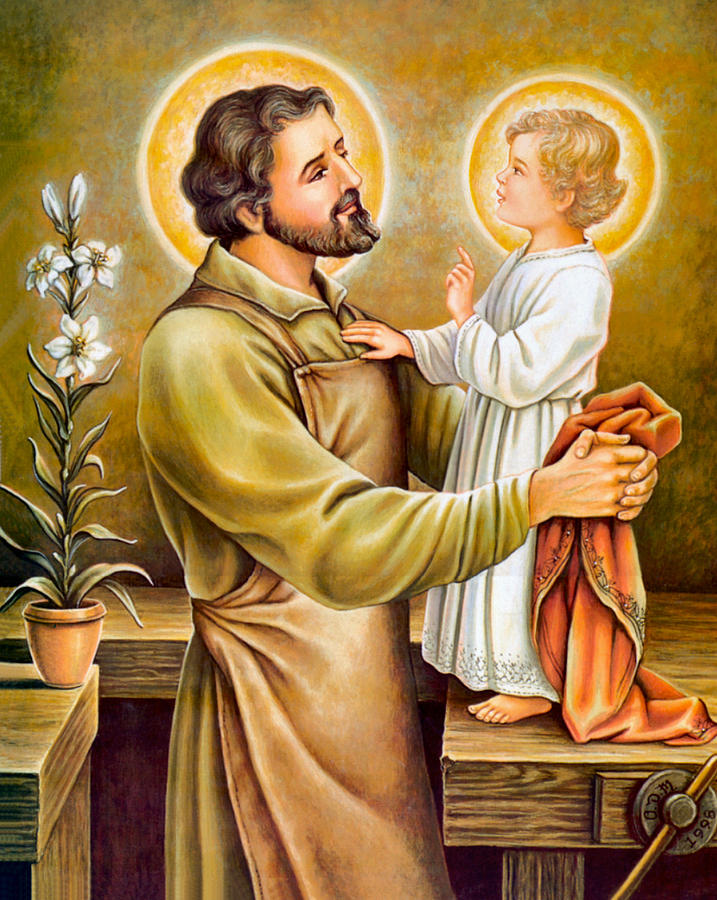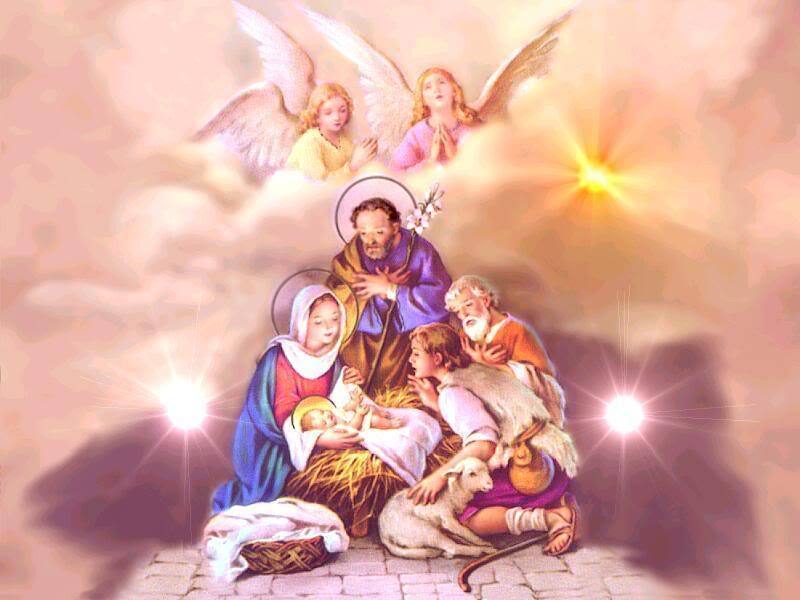Source(Google.com.pk)
Photos Of Baby Jesus Biography
The only substantial sources for the life and message of Jesus are the Gospels of the New Testament, the earliest of which was Mark (written ad 60–80), followed by Matthew, Luke, and John (ad 75–90). Some additional evidence can be found in the letters of Paul, which were written beginning in ad 50 and are the earliest surviving Christian texts. There are, however, other sources that may have further information. Noncanonical sources, especially the apocryphal gospels, contain many sayings attributed to Jesus, as well as stories about him that are occasionally held to be “authentic.” Among these apocrypha is the Gospel of Judas, a Gnostic text of the 2nd century ad that portrays Judas as an important collaborator of Jesus and not his betrayer. Another important text, the mid-2nd-century-ad Gospel of Thomas, has attracted much attention. A “sayings” gospel (114 sayings attributed to Jesus, without narrative), it is grounded in Gnosticism, the philosophical and religious movement of the 2nd century ad that stressed the redemptive power of esoteric knowledge acquired by divine revelation. For Thomas, salvation consists of self-knowledge, and baptism results in restoration to the primordial state—man and woman in one person, like Adam before the creation of Eve (saying 23). Spiritual reversion to this state meant that nakedness need not result in shame; one passage (saying 37) allows us to suspect that the early Christian followers of the Gospel of Thomas took off their garments and trampled on them as part of their baptismal initiation. There are a few connections between this worldview and that of Paul and the Gospel According to John, but the overall theology of the Gospel of Thomas is so far removed from the teaching of Jesus as found in the Gospels of Matthew, Mark, and Luke—in which Jewish eschatology is central—that it is not considered a major source for the study of Jesus. It is, of course, possible or even likely that individual sayings in Thomas or other apocryphal gospels originated with Jesus, but it is unlikely that noncanonical sources can contribute much to the portrait of the historical Jesus. As in the case of the Gospel of Thomas, the traditions found in other apocryphal gospels are often completely unlike the evidence of the canonical gospels and are embedded in documents that are generally believed to be unreliable.
There are a few references to Jesus in 1st-century Roman and Jewish sources. Documents indicate that within a few years of Jesus’ death, Romans were aware that someone named Chrestus (a slight misspelling of Christus) had been responsible for disturbances in the Jewish community in Rome (Suetonius, The Life of the Deified Claudius 25.4). Twenty years later, according to Tacitus, Christians in Rome were prominent enough to be persecuted by Nero, and it was known that they were devoted to Christus, whom Pilate had executed (Annals 15.44). This knowledge of Jesus, however, was dependent on familiarity with early Christianity and does not provide independent evidence about Jesus. Josephus wrote a paragraph about Jesus (The Antiquities of the Jews 18.63ff.), as he did about Theudas, the Egyptian, and other charismatic leaders (History of the Jewish War 2.258–263; The Antiquities of the Jews 20.97–99, 167–172), but it has been heavily revised by Christian scribes, and Josephus’s original remarks cannot be discerned.
The letters of Paul contain reliable but meagre evidence. Their main theme, that Jesus was crucified and raised from the dead, is especially prominent in 1 Corinthians 15, where Paul evokes an early tradition about Jesus’ death and subsequent appearances to his followers. The Crucifixion and Resurrection were accepted by all first-generation Christians. Paul also quotes a few of Jesus’ sayings: the prohibition of divorce and remarriage (1 Corinthians 7:10–11), the words over the bread and cup at Jesus’ last supper (1 Corinthians 11:23–25), and a prediction of the imminent arrival of the Saviour from heaven (1 Thessalonians 4:15–17).









Photos Of Baby Jesus Biography
The only substantial sources for the life and message of Jesus are the Gospels of the New Testament, the earliest of which was Mark (written ad 60–80), followed by Matthew, Luke, and John (ad 75–90). Some additional evidence can be found in the letters of Paul, which were written beginning in ad 50 and are the earliest surviving Christian texts. There are, however, other sources that may have further information. Noncanonical sources, especially the apocryphal gospels, contain many sayings attributed to Jesus, as well as stories about him that are occasionally held to be “authentic.” Among these apocrypha is the Gospel of Judas, a Gnostic text of the 2nd century ad that portrays Judas as an important collaborator of Jesus and not his betrayer. Another important text, the mid-2nd-century-ad Gospel of Thomas, has attracted much attention. A “sayings” gospel (114 sayings attributed to Jesus, without narrative), it is grounded in Gnosticism, the philosophical and religious movement of the 2nd century ad that stressed the redemptive power of esoteric knowledge acquired by divine revelation. For Thomas, salvation consists of self-knowledge, and baptism results in restoration to the primordial state—man and woman in one person, like Adam before the creation of Eve (saying 23). Spiritual reversion to this state meant that nakedness need not result in shame; one passage (saying 37) allows us to suspect that the early Christian followers of the Gospel of Thomas took off their garments and trampled on them as part of their baptismal initiation. There are a few connections between this worldview and that of Paul and the Gospel According to John, but the overall theology of the Gospel of Thomas is so far removed from the teaching of Jesus as found in the Gospels of Matthew, Mark, and Luke—in which Jewish eschatology is central—that it is not considered a major source for the study of Jesus. It is, of course, possible or even likely that individual sayings in Thomas or other apocryphal gospels originated with Jesus, but it is unlikely that noncanonical sources can contribute much to the portrait of the historical Jesus. As in the case of the Gospel of Thomas, the traditions found in other apocryphal gospels are often completely unlike the evidence of the canonical gospels and are embedded in documents that are generally believed to be unreliable.
There are a few references to Jesus in 1st-century Roman and Jewish sources. Documents indicate that within a few years of Jesus’ death, Romans were aware that someone named Chrestus (a slight misspelling of Christus) had been responsible for disturbances in the Jewish community in Rome (Suetonius, The Life of the Deified Claudius 25.4). Twenty years later, according to Tacitus, Christians in Rome were prominent enough to be persecuted by Nero, and it was known that they were devoted to Christus, whom Pilate had executed (Annals 15.44). This knowledge of Jesus, however, was dependent on familiarity with early Christianity and does not provide independent evidence about Jesus. Josephus wrote a paragraph about Jesus (The Antiquities of the Jews 18.63ff.), as he did about Theudas, the Egyptian, and other charismatic leaders (History of the Jewish War 2.258–263; The Antiquities of the Jews 20.97–99, 167–172), but it has been heavily revised by Christian scribes, and Josephus’s original remarks cannot be discerned.
The letters of Paul contain reliable but meagre evidence. Their main theme, that Jesus was crucified and raised from the dead, is especially prominent in 1 Corinthians 15, where Paul evokes an early tradition about Jesus’ death and subsequent appearances to his followers. The Crucifixion and Resurrection were accepted by all first-generation Christians. Paul also quotes a few of Jesus’ sayings: the prohibition of divorce and remarriage (1 Corinthians 7:10–11), the words over the bread and cup at Jesus’ last supper (1 Corinthians 11:23–25), and a prediction of the imminent arrival of the Saviour from heaven (1 Thessalonians 4:15–17).
Photos Of Baby Jesus

Photos Of Baby Jesus

Photos Of Baby Jesus

Photos Of Baby Jesus

Photos Of Baby Jesus

Photos Of Baby Jesus
Photos Of Baby Jesus

Photos Of Baby Jesus

Photos Of Baby Jesus

Photos Of Baby Jesus


No comments:
Post a Comment